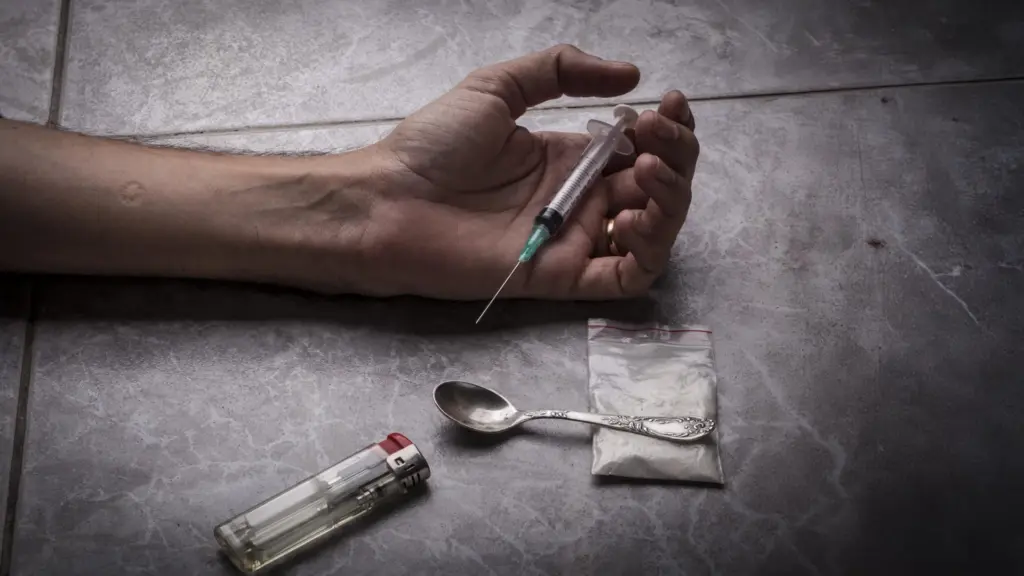South Australia is facing a hidden epidemic. A groundbreaking study has revealed the alarming presence of nitazenes, a potent class of synthetic opioids, in discarded drug paraphernalia across the state. This isn’t just another drug alert; it’s a stark warning about the increasingly dangerous and unpredictable nature of the illicit drug market. The consequences are devastating, leading to accidental overdoses and a public health crisis demanding immediate attention.
The research, published in the Drug & Alcohol Review, highlights a critical gap in our understanding of the drug landscape. The insidious nature of nitazenes, often unknowingly mixed with other substances like heroin and fentanyl, makes detection and prevention incredibly challenging. This underscores the urgent need for improved drug monitoring and public awareness campaigns.
What Happened? 📝
Researchers from the University of South Australia analyzed 300 samples of discarded injecting equipment collected from needle and syringe program sites. Using highly sensitive chemical analysis, they detected nitazenes in 5% of the samples. Crucially, these weren’t isolated instances; the nitazenes were frequently found mixed with heroin, further complicating the situation and increasing the risk of accidental overdose.
The study reveals a chilling statistic: between 2020 and 2024, nitazenes were implicated in 32 overdose deaths in Australia. Even more alarming is that a staggering 84% of those who fatally overdosed were unaware they had consumed nitazenes. This highlights the silent and deadly nature of this emerging drug threat.
The Danger of Nitazenes ⚠️
Nitazenes are incredibly potent synthetic opioids, some even surpassing fentanyl in strength. To put this in perspective, fentanyl is already 50 times more potent than heroin. This means that even minuscule amounts of nitazenes can be lethal. Their potency, coupled with their frequent presence in other illicit drugs, makes them exceptionally dangerous.
The researchers identified several different types of nitazenes, some of which were combined with xylazine, a veterinary sedative not approved for human use. Xylazine’s presence is particularly concerning, as it’s linked to severe side effects like necrotic skin lesions, prolonged sedation, and depression. This combination mirrors trends seen in the United States, where it is contributing to a surge in overdose deaths and complex medical cases.
Accidental Exposure: The Silent Threat 🤫
The study emphasizes the significant risk of accidental exposure to nitazenes. Less than one in five emergency cases involving nitazenes were among individuals who knowingly consumed the drug. Most victims mistakenly believed they were taking heroin, methamphetamine, or other familiar substances.
This accidental ingestion is a critical issue. When drugs are contaminated with nitazenes, even standard doses can become fatal. The lack of awareness about the presence of nitazenes significantly increases the risk, especially for those who don’t carry naloxone, a medication that can reverse opioid overdose effects.
The Need for Action 💪
The detection of nitazenes in South Australia has ignited calls for expanded drug-checking services, including the use of nitazene-specific drug strips and public health alerts. Chemical testing of used drug paraphernalia, as employed in this study, is proving to be a valuable tool for identifying emerging threats in the drug supply.
While wastewater analysis is used to detect illicit drugs, its limitations necessitate additional monitoring approaches like the chemical testing of used drug paraphernalia. This approach provides timely and crucial data for rapid alerts to health agencies and treatment services, enabling better-informed decision-making by individuals who use drugs.
Key Takeaways 🔑
- Nitazenes, potent synthetic opioids, are increasingly found in South Australia’s illicit drug supply.
- These drugs are often mixed with other substances, leading to accidental overdoses and fatalities.
- The presence of xylazine, a veterinary sedative, alongside nitazenes poses additional health risks.
- Expanded drug-checking services and public awareness campaigns are crucial to address this public health crisis.
- Chemical testing of discarded drug paraphernalia offers a valuable tool for early detection and response.
The findings of this study serve as a stark reminder of the ever-evolving nature of the drug crisis. Proactive measures, including enhanced monitoring, public education, and readily available harm reduction services, are essential to mitigate the devastating impact of nitazenes and protect vulnerable communities.
Source: Found in the trash: A super opioid 1000x stronger than morphine



